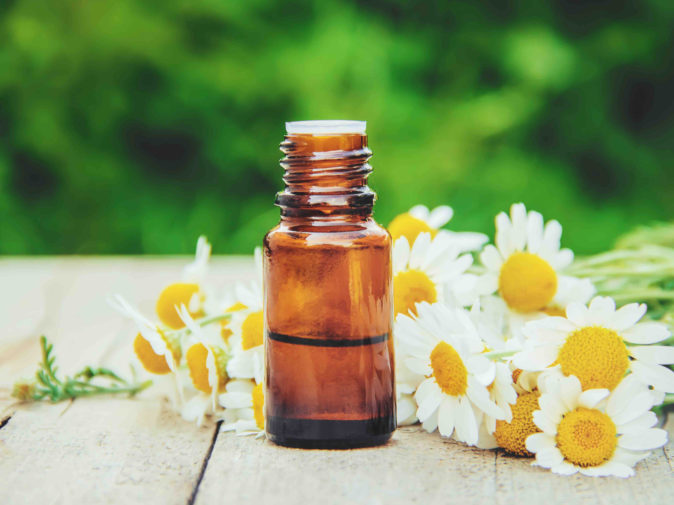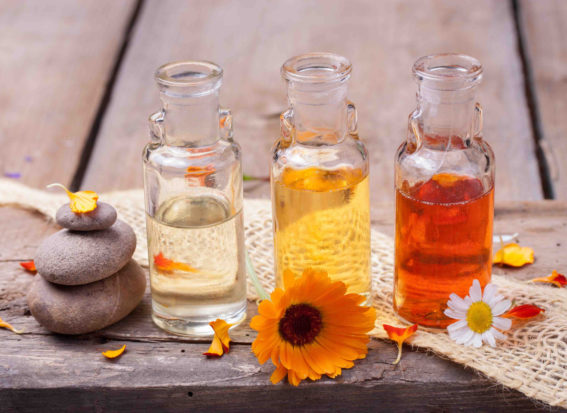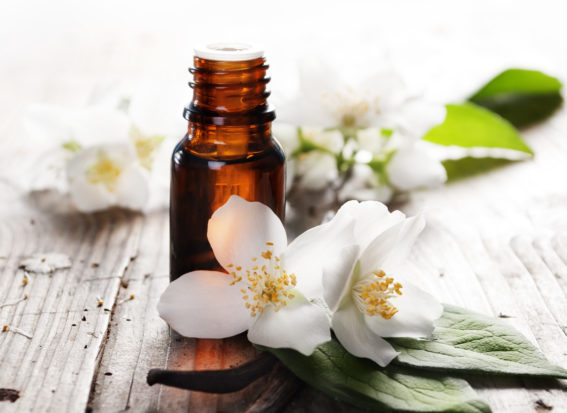How are natural flavours obtained?
A variety of different methods are used to obtain a natural flavouring. Extraction is the most common method and produces the most authentic results. In the process, natural source materials diffuse their flavour into a liquid, which they are placed in.
However, this kind of production is not always possible: In many cases, there is a discrepancy between the availability of the natural source materials and the need for corresponding flavourings. In order to meet the high demand for certain food ingredients, other techniques are used to obtain natural flavourings. They include distillation and fermentation.
Distilling is used to split more complex flavouring profiles into individual flavouring substances. For instance, the flavouring components, which are also in raspberries and are responsible for its authentic flavour, can also be specially removed from cedar wood extract. This is referred to as “natural flavouring (raspberry)”.
Fermentation works in a similar manner: In the process, micro-organisms such as yeasts, fungi or enzymes produce special flavouring substances through metabolic processes, which taste e.g. like peach, nut or coconut. Put very simply, the organisms “replicate” the chemical structure of the desired flavouring substances as they also occur in nature. The flavouring component produced in this manner is then isolated through filtration, purified and is also considered a natural flavouring.
Unlike flavouring extracts, natural flavouring substances obtained in this manner preserve precious food resources and, in many cases, are often more affordable. Only in this way, is it at all possible to meet global demand for some flavours. Please visit our information page for more details regarding the individual methods for the manufacture of flavourings.


